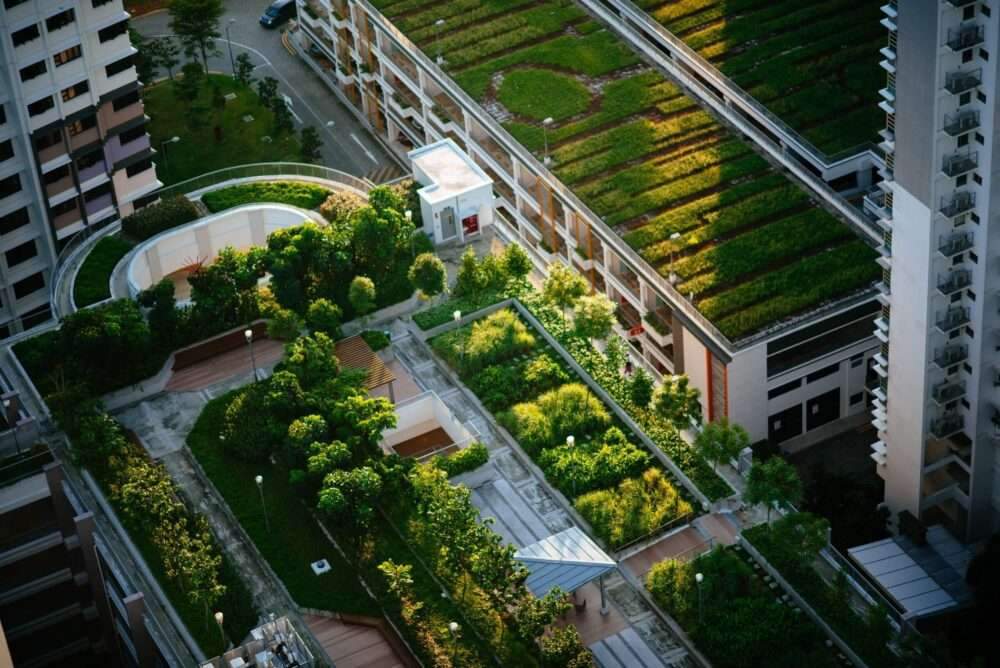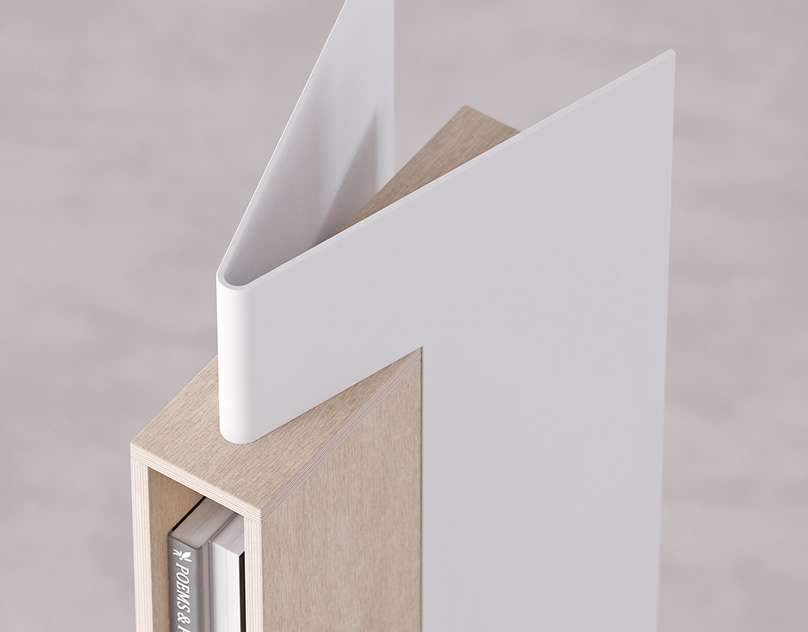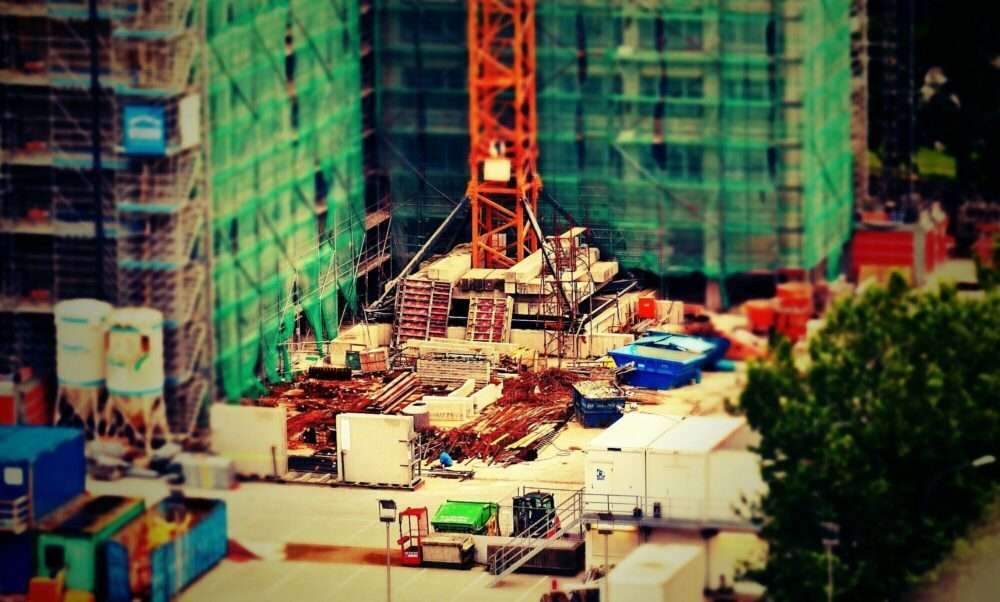This article explores split air conditioners, a popular cooling solution in many regions, particularly in Arab Stuart conditions. It covers their components, advantages, disadvantages, common issues, and maintenance tips. The discussion includes practical insights into their operation, efficiency, and user considerations, supported by clear tables and reliable data. A FAQ section and a summary table are also provided for quick reference, along with an analysis from ArchUp’s perspective, offering a balanced view with constructive critique.

What is a Split Air Conditioner?
A split air conditioner consists of two main units: an indoor unit installed inside the room and an outdoor unit placed outside the building. These units are connected by refrigerant pipes and electrical wiring, allowing the system to transfer heat from the indoor space to the outdoors. This design makes split air conditioners efficient and suitable for cooling individual rooms or small spaces, especially in hot climates like those in Arab countries.
Components of a Split Air Conditioner
Split air conditioners are made up of several key components that work together to provide cooling:
- Indoor Unit: Contains the evaporator coil, air filter, and blower fan, which circulates cool air into the room.
- Outdoor Unit: Houses the compressor, condenser coil, and fan, which release heat outside.
- Refrigerant Pipes: Copper pipes that carry refrigerant between the indoor and outdoor units.
- Thermostat and Remote Control: Allow users to set and adjust the temperature and fan speed.
- Drainage System: Removes condensation formed during cooling to prevent water buildup.
| Component | Function | Location |
|---|---|---|
| Evaporator Coil | Absorbs heat from indoor air | Indoor Unit |
| Compressor | Compresses refrigerant to enable cooling | Outdoor Unit |
| Condenser Coil | Releases absorbed heat outdoors | Outdoor Unit |
| Air Filter | Traps dust and debris from indoor air | Indoor Unit |
| Refrigerant Pipes | Transport refrigerant between units | Connecting Units |

Advantages of Split Air Conditioners
Split air conditioners are favored for several reasons, making them a practical choice for homes and offices:
- Aesthetic Design: Their sleek, wall-mounted indoor units blend well with modern interiors, unlike bulkier window units.
- Ease of Control: Remote controls and programmable thermostats allow users to adjust settings conveniently.
- Customizable Cooling: The cooling capacity can be tailored to the room size, ensuring energy efficiency.
- Easy Maintenance: The indoor unit’s air filter is simple to remove and clean, requiring minimal effort.
- Quiet Operation: The noisy compressor is located outdoors, reducing indoor sound levels.
According to the U.S. Department of Energy, split air conditioners can be up to 30% more energy-efficient than traditional window units due to their design and lack of ductwork losses.
Source: U.S. Department of Energy, “Energy Saver: Ductless Mini-Split Air Conditioners”
Disadvantages of Split Air Conditioners
Despite their benefits, split air conditioners have some drawbacks, often linked to user habits or installation challenges:
- Installation Complexity: Professional installation is required, which can increase initial costs.
- Maintenance Needs: Neglecting regular cleaning can reduce efficiency and lead to malfunctions.
- Potential Water Leakage: Improper drainage or high humidity may cause water to drip from the indoor unit.
- Component Wear: Parts like the compressor or fan may wear out over time, requiring costly repairs.
A study by the International Energy Agency notes that improper maintenance can reduce air conditioner efficiency by up to 20%.
Source: International Energy Agency, “The Future of Cooling”

Common Issues and Solutions
Split air conditioners may encounter operational issues, but most can be prevented or resolved with proper care:
- Reduced Cooling Efficiency: Often caused by dirty air filters or coils. Regular cleaning of filters every 1–2 months can prevent this.
- Water Leakage: Results from clogged drainage or excessive humidity. Ensure the drainage pipe is clear and consider using a dehumidifier in humid climates.
- Frozen Coils: Occurs when the unit is set to very low temperatures. Avoid setting the thermostat below 18°C (64°F) to prevent freezing.
- Component Failure: Worn-out parts like the compressor may need replacement. Schedule annual professional maintenance to catch issues early.
| Issue | Cause | Solution |
|---|---|---|
| Reduced Cooling | Dirty filters or coils | Clean filters monthly |
| Water Leakage | Clogged drain or high humidity | Clear drain; use dehumidifier |
| Frozen Coils | Very low temperature settings | Set thermostat above 18°C |
| Component Failure | Wear and tear | Annual professional maintenance |
Maintenance Tips for Longevity
To keep a split air conditioner running efficiently, follow these maintenance practices:
- Clean Filters Regularly: Wash or replace air filters every 1–2 months to ensure proper airflow.
- Check Drainage: Inspect and clear the drainage pipe to prevent water buildup.
- Schedule Professional Servicing: Have a technician inspect the system annually to check refrigerant levels and component health.
- Avoid Overcooling: Set the thermostat to a moderate temperature to reduce strain on the unit.
ArchUp’s Perspective: Analysis and Critique
Split air conditioners are a practical solution for cooling in hot climates, offering a balance of efficiency and convenience. Their design suits modern homes, and their energy efficiency aligns with growing sustainability concerns. However, ArchUp notes that user education is critical to maximizing their benefits. Many issues, like water leakage or reduced efficiency, stem from improper use, such as setting unrealistically low temperatures or neglecting filter cleaning. Manufacturers could improve by providing clearer user guides or integrating smart diagnostics to alert users to maintenance needs.
A critique lies in the reliance on professional installation and repairs, which may be a barrier in rural or underserved areas. Additionally, while energy-efficient, the environmental impact of refrigerants used in these systems remains a concern. Future innovations should prioritize eco-friendly refrigerants and modular designs to simplify repairs. Overall, split air conditioners are a reliable choice, but their longevity and performance depend heavily on informed usage and regular upkeep.

Frequently Asked Questions (FAQ)
Q: How often should I clean my split air conditioner’s filters?
A: Clean the filters every 1–2 months, or more frequently in dusty environments.
Q: Can I install a split air conditioner myself?
A: No, professional installation is recommended to ensure proper setup and avoid refrigerant leaks.
Q: Why does my air conditioner leak water?
A: Water leakage is often due to a clogged drainage pipe or high indoor humidity. Clear the drain and consider a dehumidifier.
Q: What temperature should I set my split air conditioner to?
A: Set it to 24–26°C (75–78°F) for comfort and efficiency, avoiding temperatures below 18°C to prevent freezing.
Q: How long do split air conditioners last?
A: With proper maintenance, they can last 10–15 years.
Summary Table
| Aspect | Details |
|---|---|
| Components | Indoor unit, outdoor unit, refrigerant pipes, thermostat, drainage system |
| Advantages | Aesthetic design, easy control, customizable cooling, easy to clean, quiet |
| Disadvantages | Complex installation, maintenance needs, water leakage, component wear |
| Common Issues | Reduced cooling, water leakage, frozen coils, component failure |
| Maintenance Tips | Clean filters, check drainage, schedule servicing, avoid overcooling |






